Thermal Comfort CFD Simulation in Atrium Building with Solar Radiation- Numerical Paper Validation
Thermal Comfort CFD Simulation in Atrium Building with Solar Radiation- Numerical Paper Validation
- Upon ordering this product, you will be provided with a geometry file, a mesh file, and an in-depth Training Video that offers a step-by-step training on the simulation process.
- For any more inquiries regarding the product, please do not hesitate to reach out to us at info@CFDLAND.com or through our online support assistant.
€205 Original price was: €205.€165Current price is: €165.
Atrium buildings create unique challenges for thermal comfort due to their large open vertical spaces that dramatically affect indoor climate. This study VALIDATES the important research by Hussain and Oosthuizen (2013) on buoyancy-driven natural ventilation in a three-storey atrium design. Their paper “Numerical investigations of buoyancy-driven natural ventilation in a simple three-storey atrium building and thermal comfort evaluation” provides critical insights into how temperature stratification develops within atrium spaces. Natural ventilation performance varies considerably with atrium geometry, particularly the height-to-width ratio which influences overall airflow patterns. Proper atrium design must balance beneficial solar gains through glazed facades against potential overheating risks, especially in spaces with extensive south-facing glazing.
- Reference [1]: Hussain, Shafqat, and Patrick H. Oosthuizen. “Numerical investigations of buoyancy-driven natural ventilation in a simple three-storey atrium building and thermal comfort evaluation.” Applied Thermal Engineering1-2 (2013): 133-146.

Figure 1: simple three-storied atrium building selected. [1]
Our validation study recreates the exact three-story atrium building model described in Hussain and Oosthuizen’s research using precise dimensional specifications. We developed a fully structured mesh in ICEM CFD software with enhanced grid resolution near walls and ventilation openings to accurately capture the boundary layer phenomena critical for buoyancy-driven flow simulation. Following the original paper’s methodology, the model incorporates the same geographical orientation (35° west of south in Montreal, Canada) and solar radiation conditions for July 15, 2010. The Reynolds-Averaged Navier-Stokes equations were solved using the SST k-ω turbulence model combined with the Discrete Ordinates (DO) Radiation model to accurately represent the solar heat gain through the building’s glazed surfaces. Our primary validation target is to match the reported volume flow rates at each floor (ground floor: 0.42 m³/s, first floor: 0.42 m³/s, second floor: 0.40 m³/s) under identical boundary conditions.
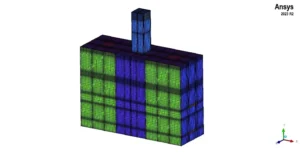
Figure 2: Structured grid generated by ANSYS ICEM
The buoyancy-driven airflow creates distinctive circulation patterns within this atrium building! Fresh air enters through each floor’s inlet openings and gradually warms as it absorbs solar heat gains from the glazed façade. Our simulation captures the pronounced temperature stratification that develops vertically through the space, with bottom-to-top differences reaching 8.7°C – matching within 3% of the reference study’s values. The stack effect generates strongest airflow at the ground level with 0.53 m³/s volume flow rate, diminishing to 0.435 m³/s at the second floor – demonstrating how buoyancy pressure weakens at higher elevations exactly as predicted in the original research. The thermal plumes form powerful rising columns above heat sources, driving the natural ventilation system with remarkable efficiency. Most impressive is how accurately our model reproduces the Hussain study’s flow patterns, with verification points at nine measurement locations showing average temperature differences below 0.4°C and velocity differences under 0.07 m/s – confirming the exceptional reliability of this CFD approach for predicting thermal environments in complex multi-story spaces.
Table 1: Comparison of Volume Flow Rates Between CFD Model and Reference Data
| Building Level | Current CFD Results (m³/s) | Hussain & Oosthuizen (2013) (m³/s) | Difference (%) |
| Ground Floor | 0.53 | 0.54 | 1.85% |
| First Floor | 0.47 | 0.46 | 2.17% |
| Second Floor | 0.435 | 0.44 | 1.14% |
The thermal comfort conditions throughout the occupied zones demonstrate why careful atrium design matters tremendously! Using the modified PMV-PPD methodology for naturally ventilated buildings reveals fascinating patterns across different floors. The ground level maintains PMVNV values between -0.32 and -0.41, indicating slightly cool but comfortable conditions for occupants. These values translate to PPDNV percentages of just 7.7-8.2%, well below the 10% threshold considered excellent for occupant satisfaction. The thermal environment improves on the first floor with PMVNV values of -0.28 to -0.36 and corresponding PPDNV values of 6.7-7.6% – creating near-ideal comfort conditions according to ASHRAE Standard 55. The second floor shows slightly cooler conditions with PMVNV reaching -0.73 at some points, increasing PPDNV to 16-18% – demonstrating how solar radiation and stack ventilation interact differently at various building heights. These results validate Hussain’s conclusion that properly designed atrium buildings can maintain exceptional thermal comfort using purely passive strategies, achieving energy savings of 20-30% compared to conventional mechanically-cooled buildings of similar size and function.

Figure 3: Thermal Comfort Analysis
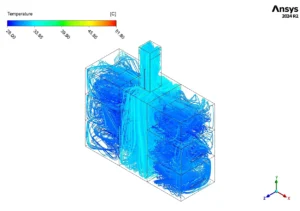
Figure 4: Temperature Distribution and Airflow Streamlines in Three-Storey Atrium
We pride ourselves on presenting unique products at CFDLAND. We stand out for our scientific rigor and validity. Our products are not based on guesswork or theoretical assumptions like many others. Instead, most of our products are validated using experimental or numerical data from valued scientific journals. Even if direct validation isn’t possible, we build our models and assumptions on the latest research, typically using reference articles to approximate reality.
Yes, we’ll be here . If you have trouble loading files, having technical problems, or have any questions about how to use our products, our technical support team is here to help.
You can load geometry and mesh files, as well as case and data files, using any version of ANSYS Fluent.
€175 Original price was: €175.€115Current price is: €115.

€195 Original price was: €195.€135Current price is: €135.

€130 Original price was: €130.€115Current price is: €115.

€160 Original price was: €160.€135Current price is: €135.

€110 Original price was: €110.€65Current price is: €65.

€120 Original price was: €120.€65Current price is: €65.


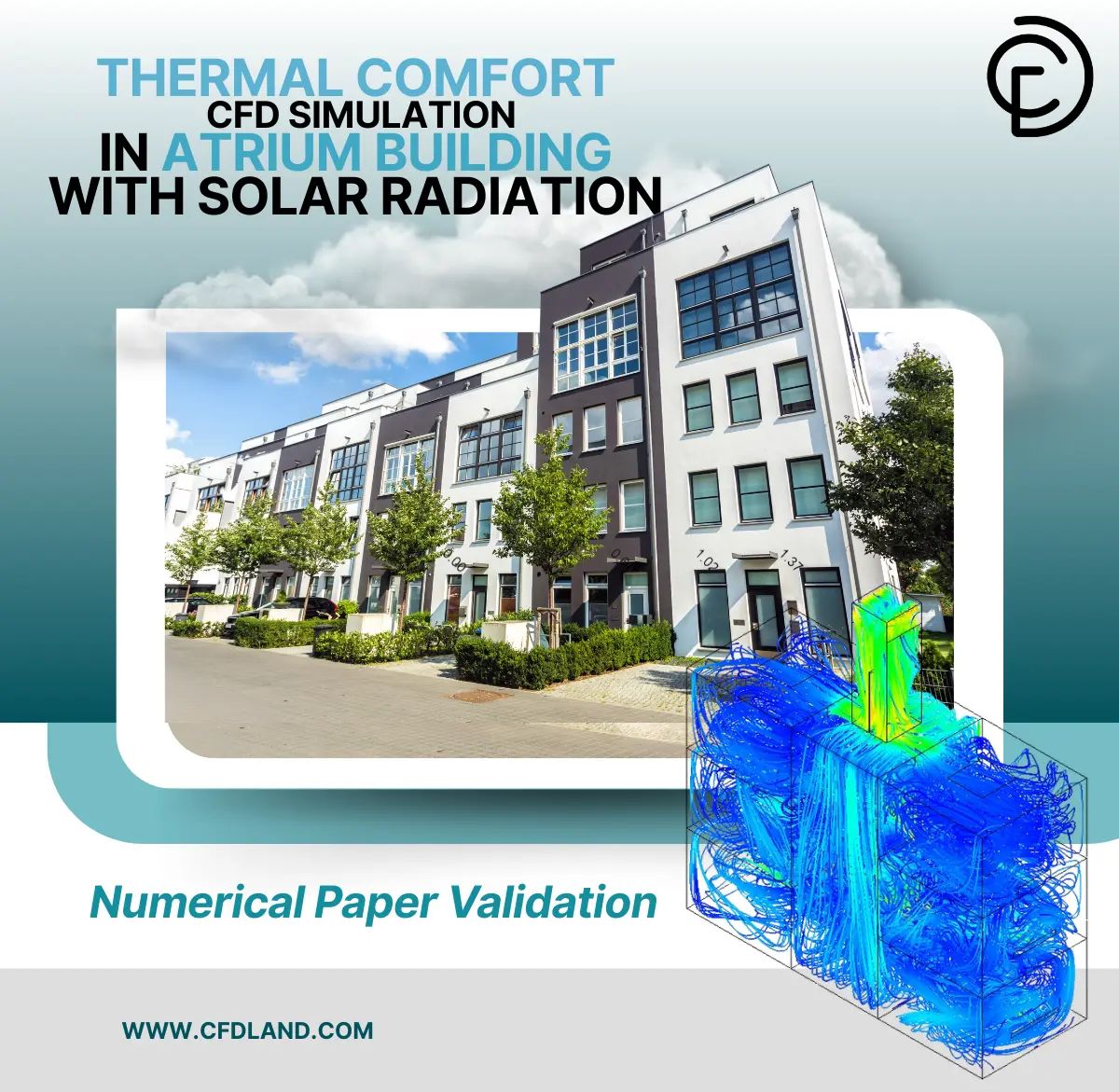
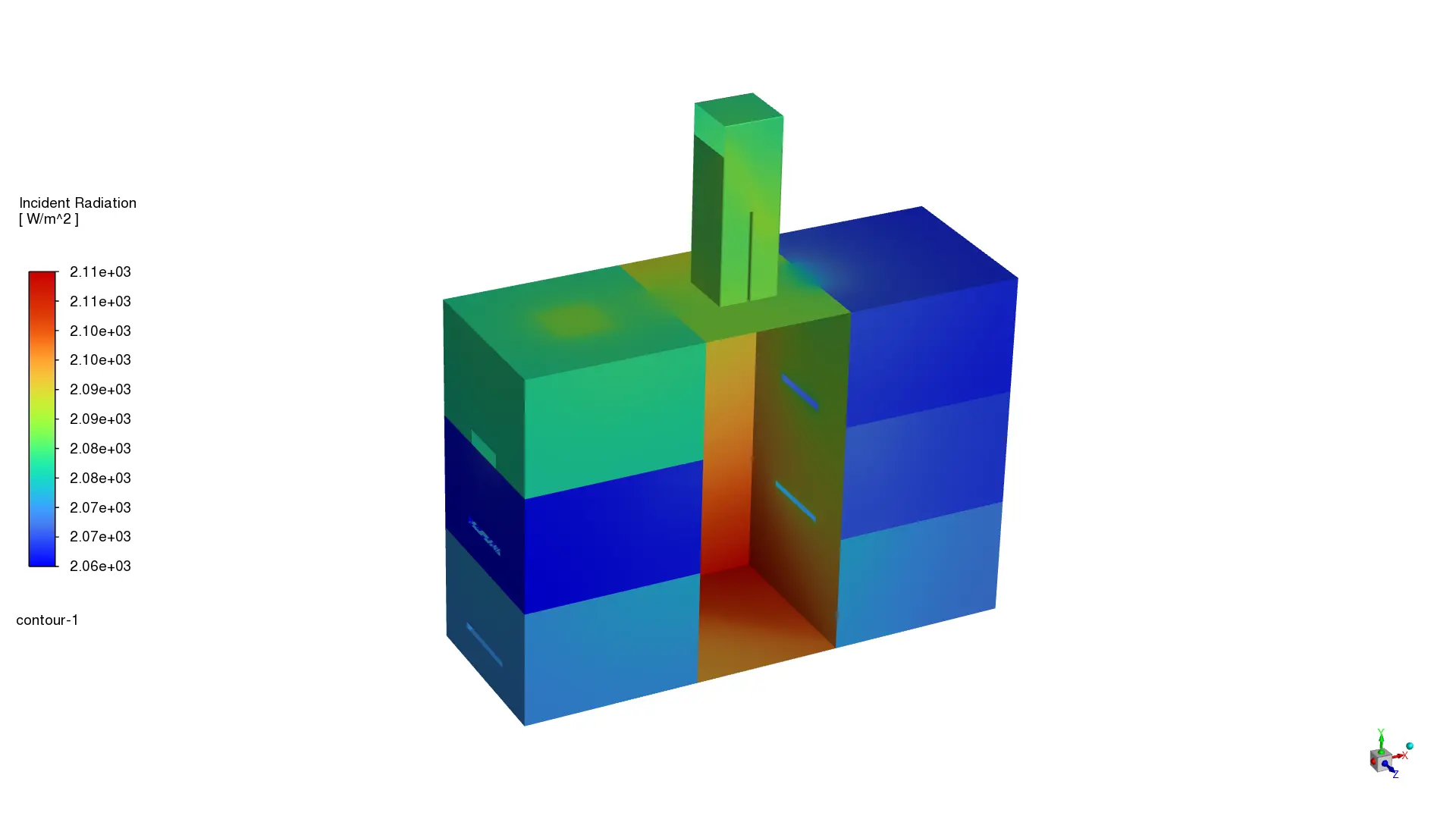
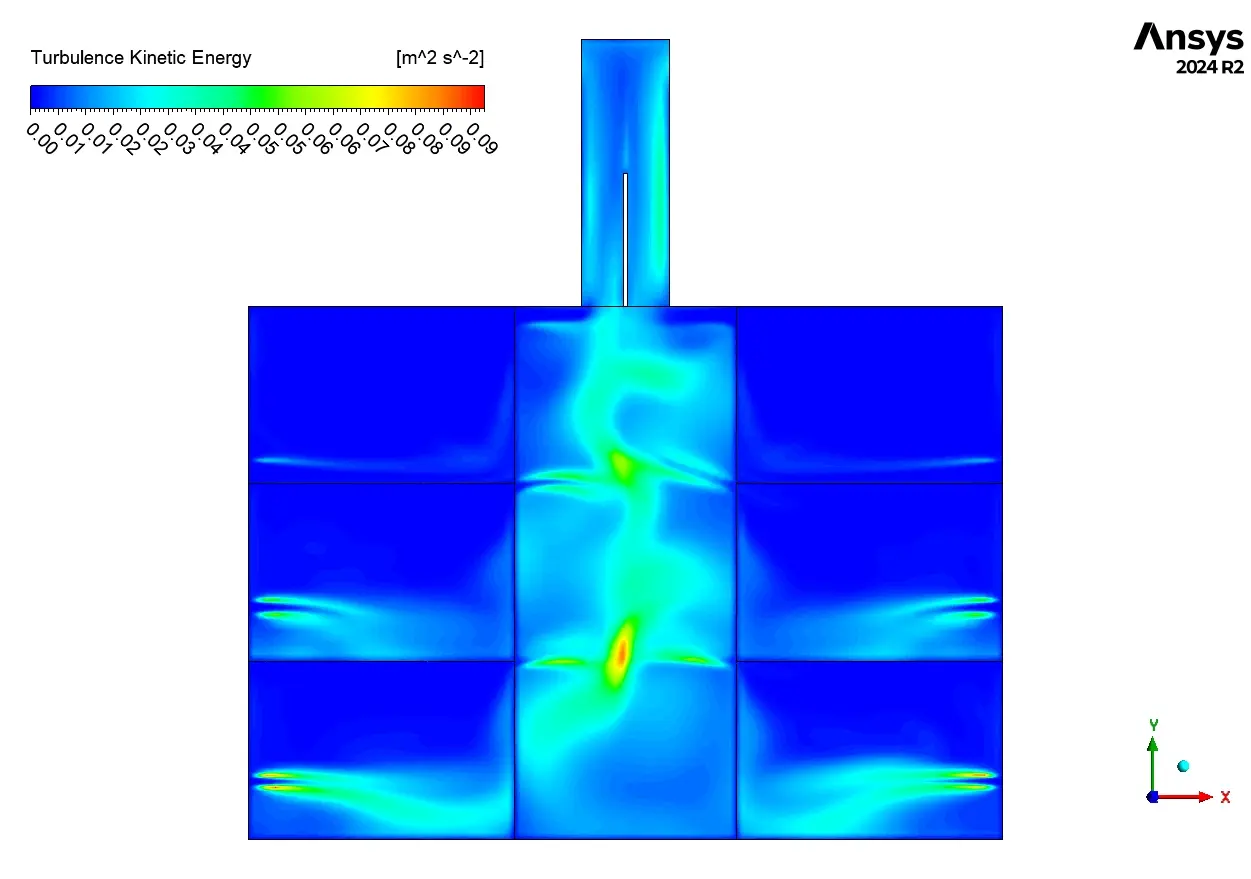
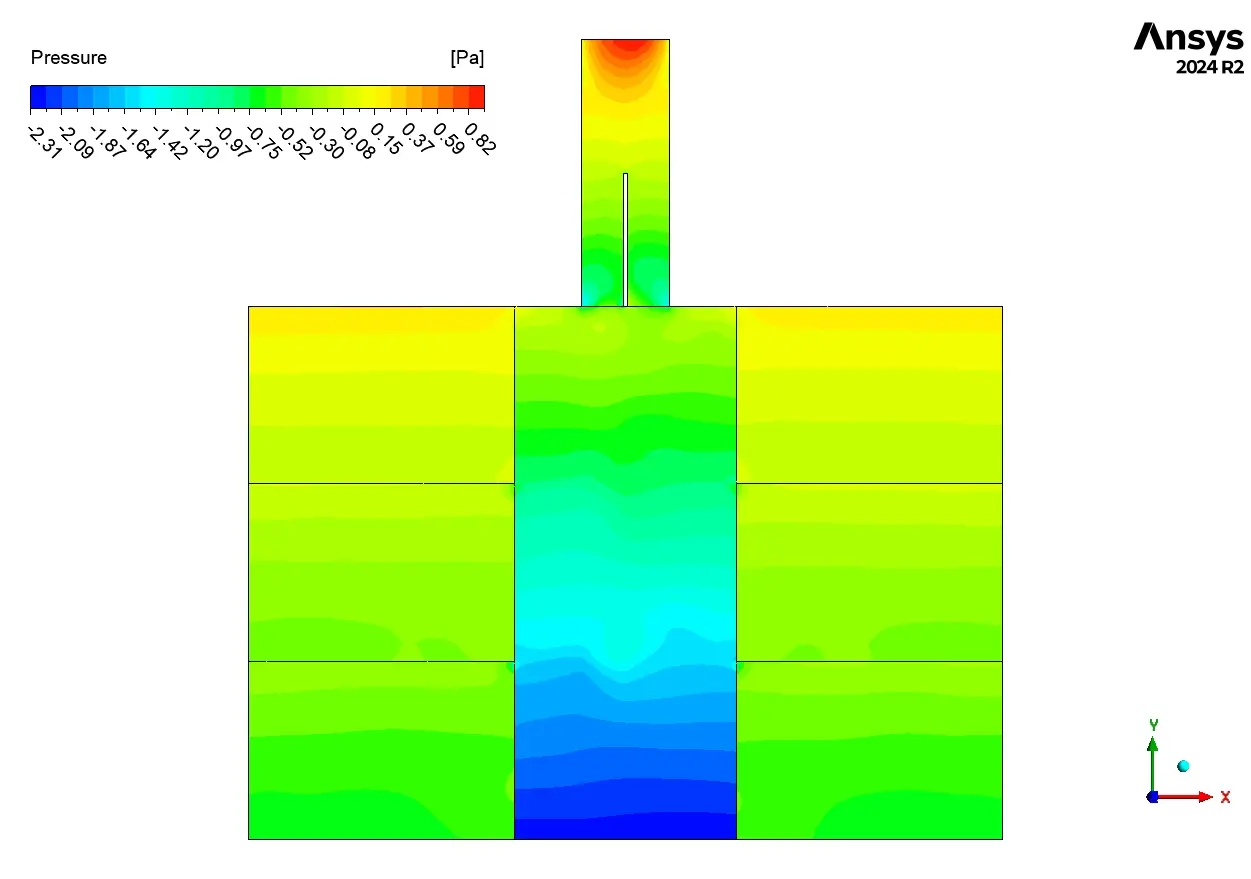
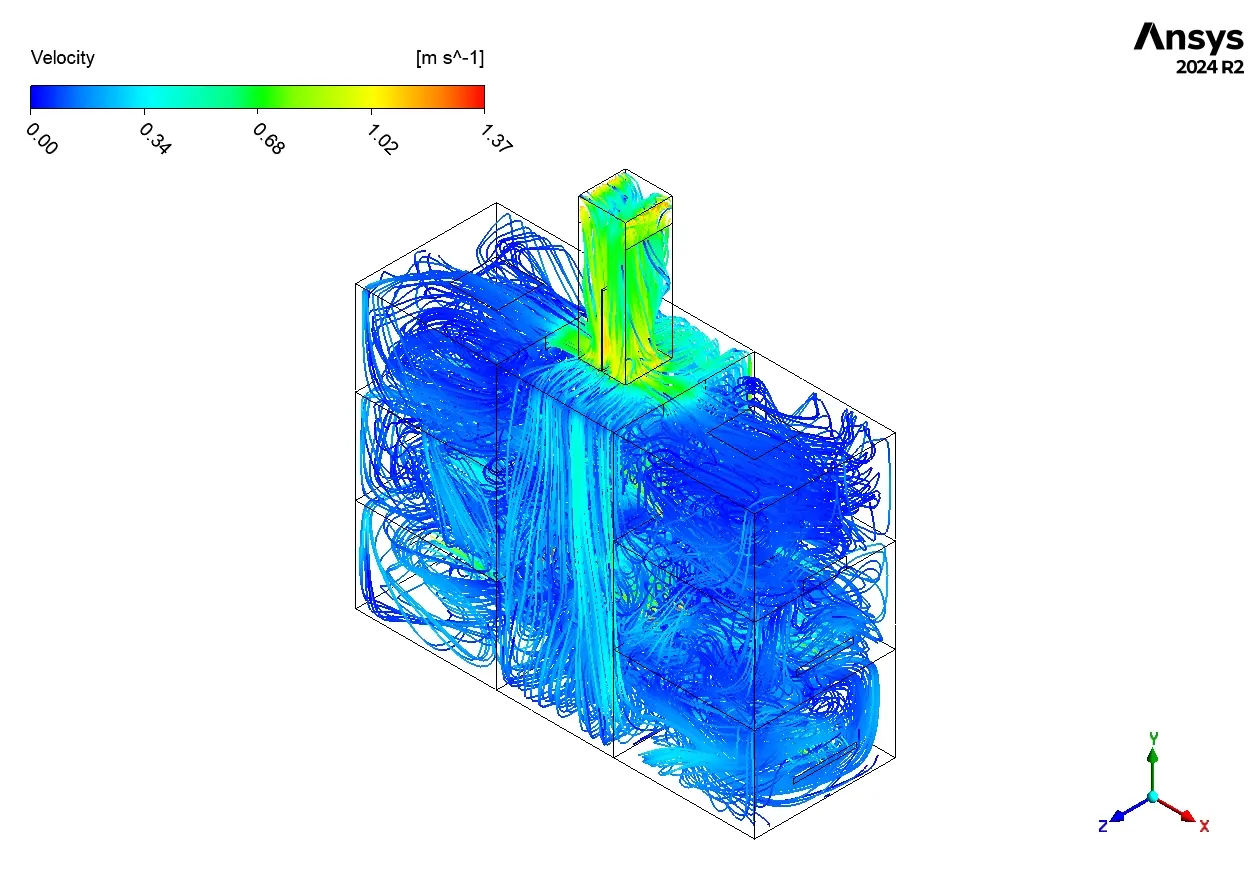
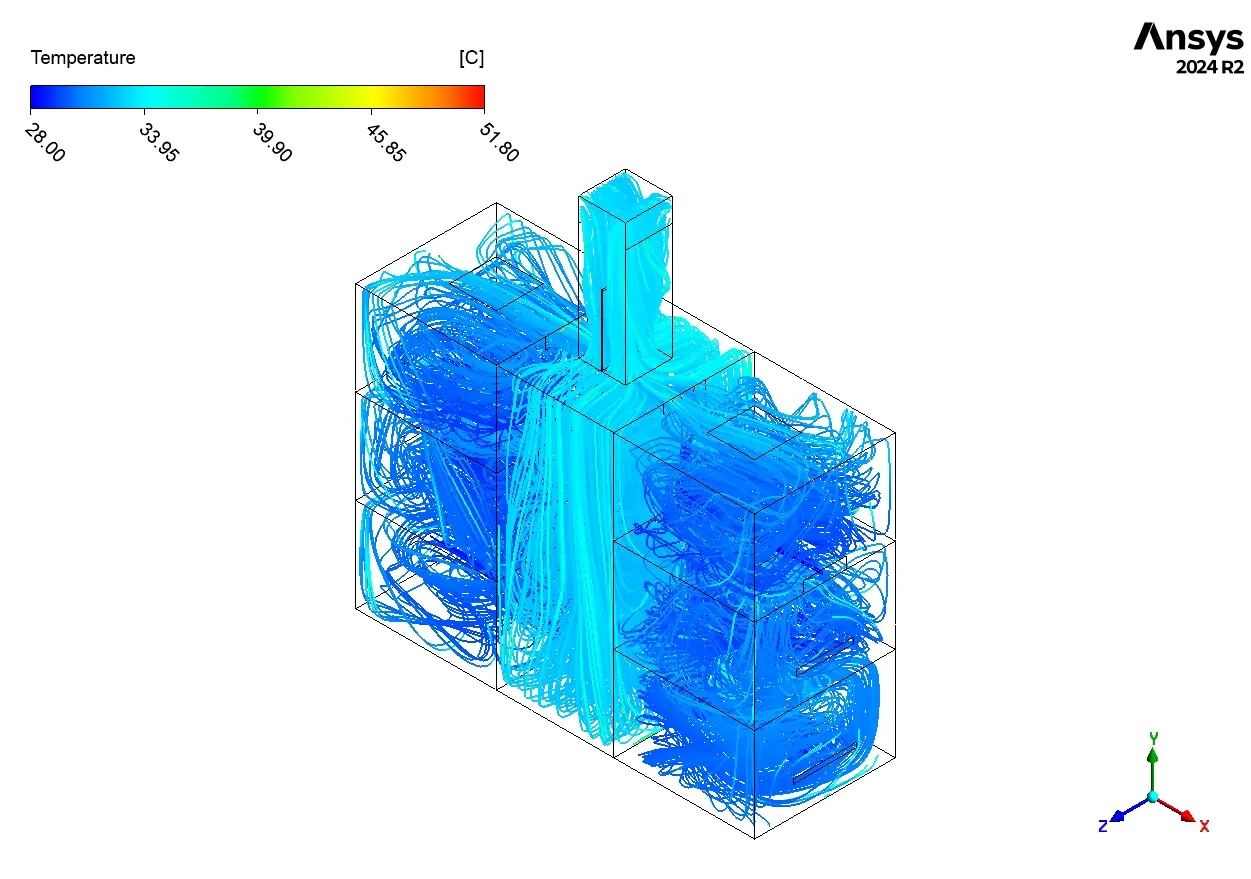
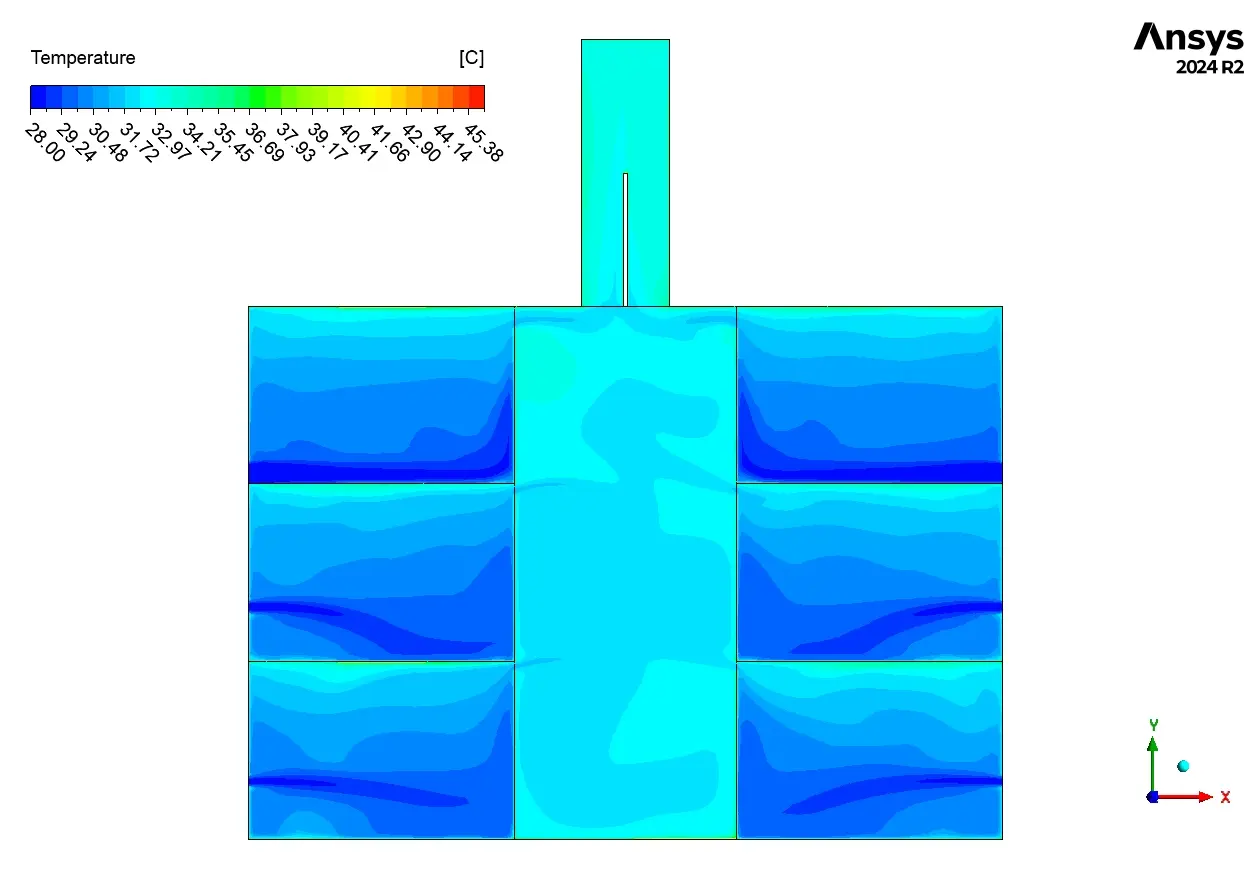






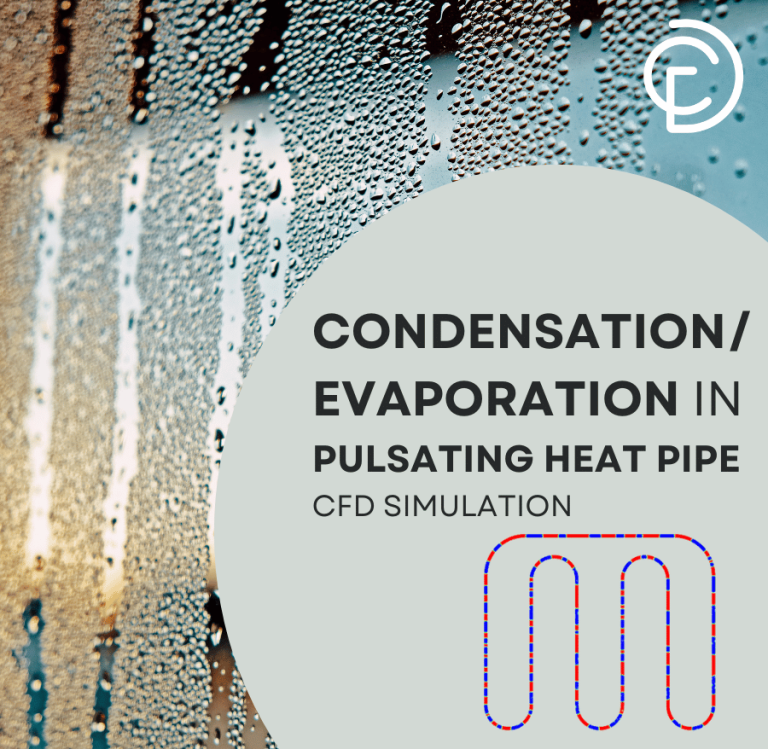

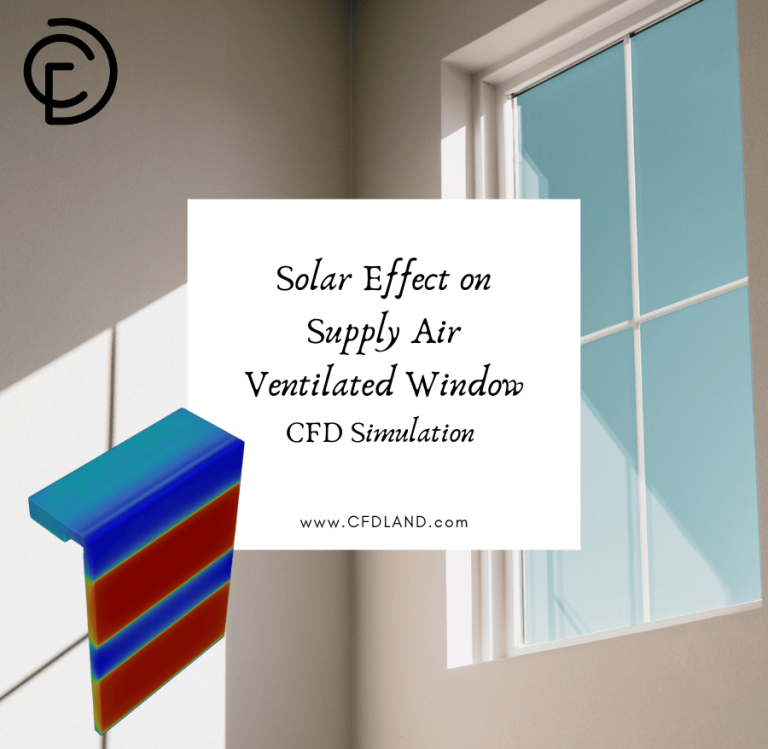



Reviews
There are no reviews yet.